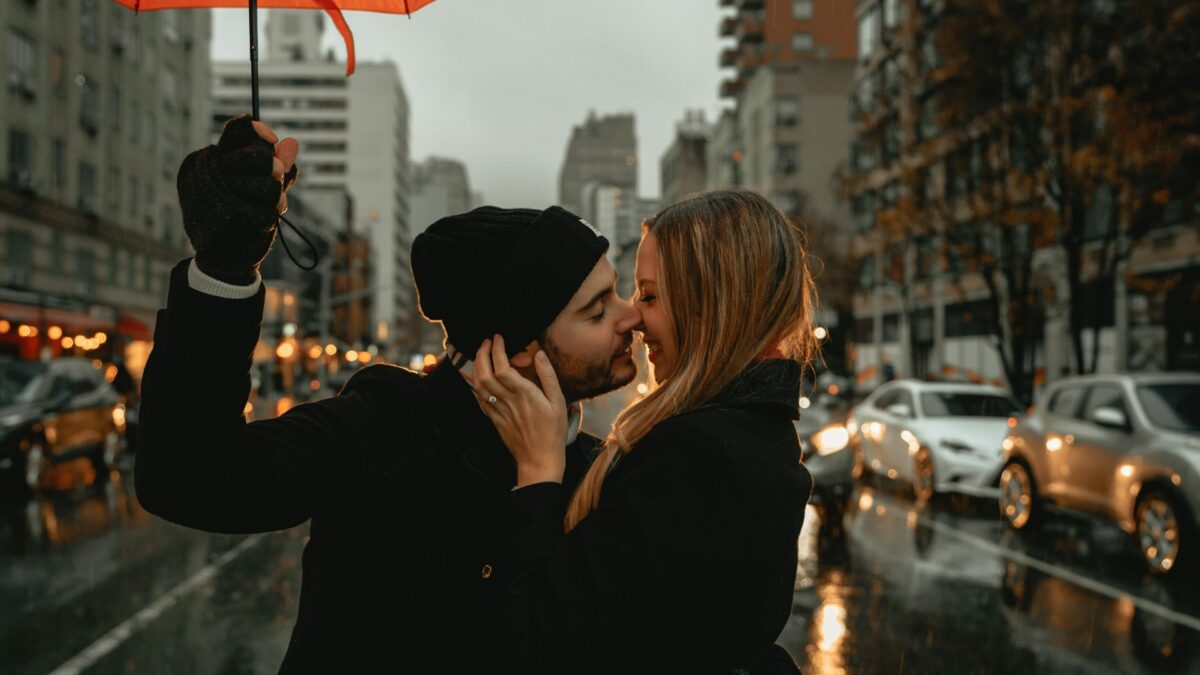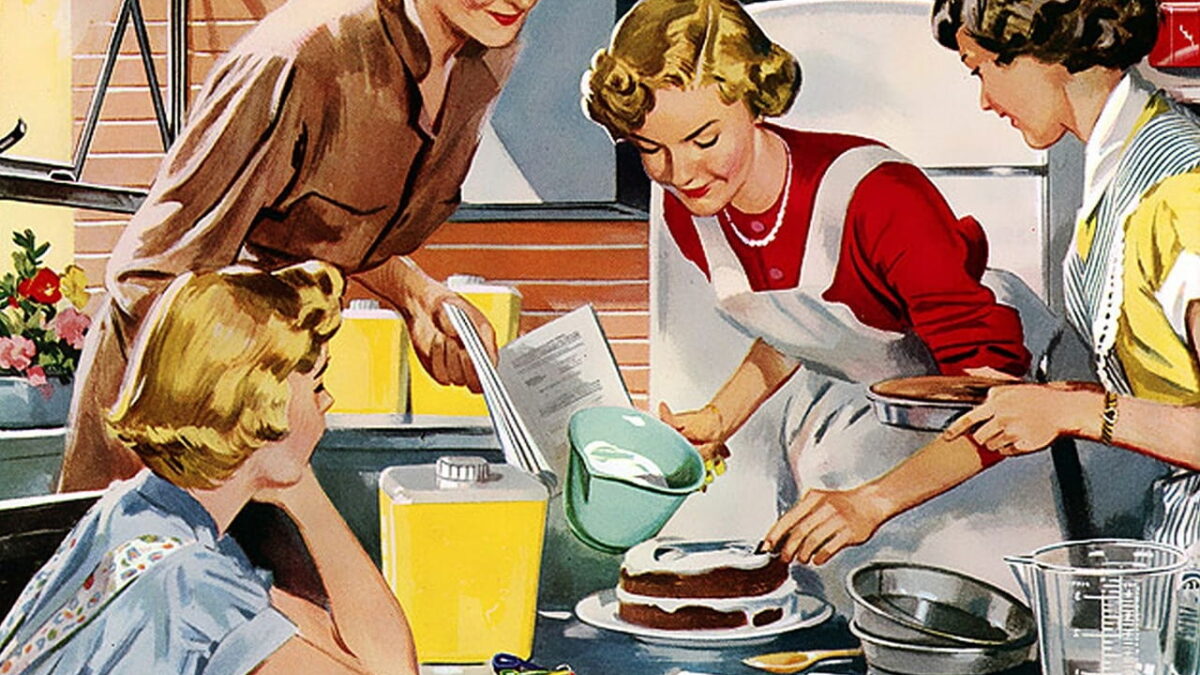
I was at the first Women’s March back in 2017, when the ladies wore pink p-ssy hats, and it was the beginning of the end for me. Or at least it was past the halfway point to the end for me. Lots of people were mad about the hats, white feminism, and vagina centrism. Women were getting thrown under the buses we chartered in favor of trans ideology. And that turned me from an enthusiastic marcher to a disillusioned former marcher.
From the moment Hillary Clinton lost the election while I swilled red wine and texted my lady friends, we knew we had to do something to register our collective displeasure. The ladies in my circle thought the Women’s March, broached on Facebook by Teresa Shook, was a great idea. We were going to speak out against the unqualified guy who won the election against the exceptionally qualified woman.
There was some noise about how the women who came up with the idea were white, and that meant the Women’s March would be centered in whiteness. Shook’s leadership was shaken up, and the white ladies who started out talking with urgency about the need for action stepped back to let people with other ethnic appearances helm the ship. These included Vanessa Wruble, Tamika Mallory, Carmen Perez, Linda Sarsour, and Bob Bland. Intersectional feminism would rule the day.
Sarsour’s advocacy for repressive regimes of the Middle East and their treatment of women made me wonder why she of all people should be leading a movement about women’s rights. It rankled me that those who came up with the project stepped aside and gave it to other people. Even if Shook and the other originators weren’t up for the challenge of the massive coordination efforts a nationally organized protest march must entail, the reasons behind it were wrong. No one should ever step aside on the basis of her race.
But I let it go. I tossed aside my reservations, I paid my way, I got on the bus. The morning of the march, I woke up insanely early, and took an Uber to midtown. I carried my breakfast, a hot tea, some water, and a small but sharable cheese plate for lunch. My Uber driver told me he’d already ferried some women to their buses, and was proud to be part of the event.
It was a balmy day in wintery Washington, D.C., and we New Yorkers felt overlayered. We didn’t know where the march started, so we just wandered around. I carried a sign that said “pussy power,” with the “u” painted like a vagina. This felt very transgressive, given the discourse about women’s bodies being transphobic.
I felt outspoken in claiming my genitals as female, and when I felt there were too many eyes on me or when I saw signs about trans women being actual women, I turned the thing around. I didn’t want to get into it with anyone. It felt weird to sense that claiming my actual female body as female was offensive to people. It was like I was an undercover female at the Women’s March.
A group of pro-life activists were surrounded by pro-choice activists, and the latter were screaming at the former. I steered clear. Pro-choice had turned into pro-abortion by 2017, and it was a nauseating thing to witness.
The pro-choice of my mother’s generation was meant to protect the right to safe, legal, and rare abortion, and while that was a hard enough concept for me to digest, I could never get behind being legitimately in favor of abortion. Now I know some of those women who were inside the circle, standing their ground for unborn lives.
There were signs about how not all p-ssies are pink, and that the pink p-ssy hats were racist. There were lots of ladies who had embarked on the march in a quest for sisterhood, and as many teens who thought they were ridiculous. The teens were about being non-binary, the older women were about staking a claim to a country we believed had turned its back on us. But in many ways, we had turned our backs on the country.
The more Me Too and Time’s Up picked up steam, leaving concepts of personal responsibility in the dust, the more trouble I had digesting the barely cohesive ethos of the march. It was about women’s rights, intersectionalism, climate change, Me Too, Time’s Up, voting, reproductive liberation, anti-racism, human rights, immigration, health care, LGBTQ, and whatever else could be tacked on.
There was this idea that if you were in favor of one thing, you were in favor of all of them, that all these ideas are linked somehow. Women’s rights weren’t big enough to march for, it seemed. They needed to be bolstered with other things.
We were too far from the front of the march to hear the speeches, but we heard the cheers go up when someone said something everyone liked. We stopped our wanderings for a bit to stand in endless port-a-potty lines, and to eat the cheese plate I brought. I was pleased to have enough to share. Towards the end, we caught up with my mom and her friends, who thought my sign was over the top. I shoved it in a trash bin.
Much of what I’d seen at the march made me question what we were marching for. I couldn’t get behind pro-abortion sentiments, nor screaming down people you disagree with, or the vitriol of the Me Too movement, which framed every woman who had a bad date as a victim of male oppression. Trans ideology had pushed women to the back of the women’s movement, so the idea of inclusive feminism upheld the rights of biological men over women.
What began as a moment of optimism quickly turned to something closer to dismay. The feminism I had grown up with, of equality under the law and rights to self-determination, had changed, and I barely recognized it. So I won’t be joining the Women’s March this year.









